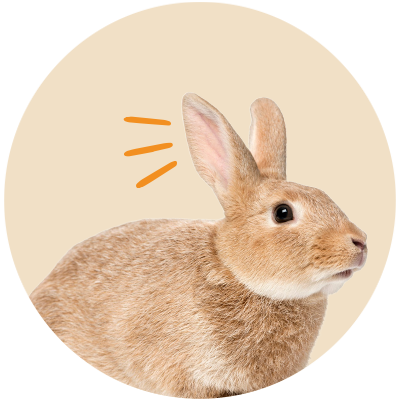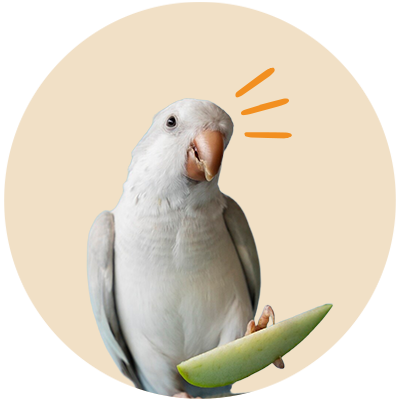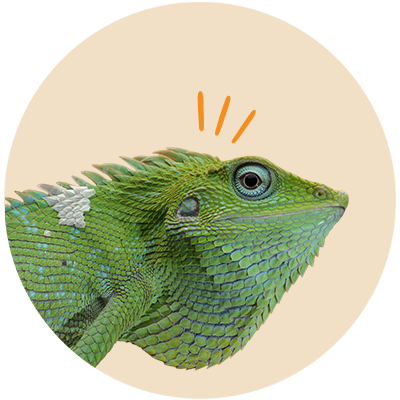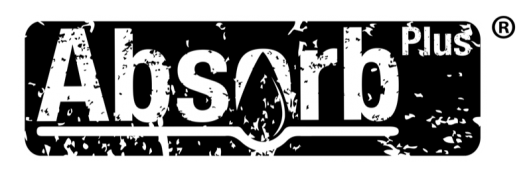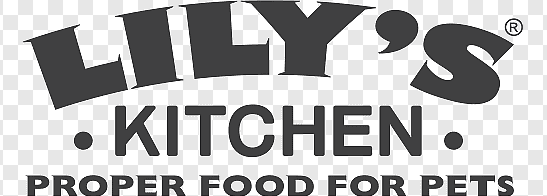Dog bones have long been a favorite treat for our four-legged friends, offering not only a satisfying chew but also benefits for dental health and mental stimulation. However, as with any treat, there are safety considerations to keep in mind. In this guide, we’ll explore the do’s and don’ts of dog bone safety, helping you ensure that your pet enjoys their bone time without any risks.
Understanding the Risks and Benefits
The Benefits of Dog Bones
- Dental Health: Chewing on bones can help scrape away plaque and tartar, contributing to cleaner teeth.
- Mental Stimulation: Bones provide a focus and outlet for natural chewing instincts, which can reduce stress and boredom.
- Nutritional Value: Some raw bones offer minerals like calcium and phosphorus that can benefit your dog’s overall health.
The Risks to Consider
- Choking Hazards: Small or brittle bones can break into pieces, posing a choking risk.
- Splintering: Cooked bones, in particular, are more likely to splinter, which can cause internal injuries or blockages.
- Bacterial Contamination: Raw bones may harbor bacteria such as Salmonella or E. coli if not handled or sourced properly.
- Dental Damage: Excessive chewing on hard bones can potentially lead to cracked teeth or gum injuries, especially in older dogs.
Choosing the Right Bone
Selecting the appropriate bone for your dog is crucial. Here are some factors to keep in mind:
1. Size Matters
- Appropriate Size: Choose a bone that’s large enough so your dog can’t swallow it whole. A good rule of thumb is that the bone should be bigger than the length of your dog’s muzzle.
- For Puppies and Small Dogs: Opt for smaller, softer bones or specially designed chew toys that mimic the bone experience without the same level of risk.
2. Raw vs. Cooked Bones
- Raw Bones: Many experts recommend raw bones over cooked ones because they are less likely to splinter. However, always ensure they come from a reputable source and are handled safely.
- Avoid Cooked Bones: Cooking makes bones brittle and prone to splintering, which can lead to serious health issues.
3. Consider Alternatives
- Synthetic Chews: There are many high-quality synthetic or dental chews on the market that are designed to mimic the benefits of natural bones without the associated risks.
- Edible Chews: Some edible chews are formulated to be both nutritious and safe, offering a balanced alternative for dogs that love to chew.
Safe Practices for Bone Time
Even with the right bone, practicing safe habits is essential:
1. Supervision is Key
- Always Watch: Never leave your dog unsupervised while they’re chewing on a bone. This allows you to intervene if the bone starts to break into dangerous pieces or if your dog appears to be struggling.
- Regular Checks: Periodically check the bone during chewing sessions. If it starts to splinter or become too small, remove it immediately to prevent accidental ingestion of sharp fragments.
2. Time Limits
- Limit Chewing Sessions: Prolonged chewing can increase the risk of dental damage. Aim for moderate, supervised sessions rather than allowing your dog to have the bone all day.
- Rotate Treats: To prevent overuse of any one type of bone, rotate between different safe chews or treats throughout the week.
3. Hygiene and Storage
- Keep It Clean: Wash the bone before giving it to your dog to remove any debris or bacteria, especially if it’s been stored for a while.
- Proper Storage: Store bones in a cool, dry place or in the refrigerator if they’re raw to minimize bacterial growth. Always follow any storage recommendations provided by the supplier.
Recognizing Warning Signs
Despite your best efforts, accidents can happen. Be vigilant for signs that something might be wrong:
- Choking or Coughing: If your dog is coughing, gagging, or appears to be choking, remove the bone and seek immediate veterinary attention.
- Lethargy or Vomiting: Unusual lethargy, vomiting, or loss of appetite can indicate an internal blockage or injury.
- Abdominal Discomfort: If your dog shows signs of pain, such as whining or restlessness when their abdomen is touched, it’s time to consult your veterinarian.
Expert Tips for Dog Bone Safety
- Consult Your Vet: Always talk to your veterinarian before introducing new types of bones or chews, especially if your dog has a history of dental or digestive issues.
- Know Your Dog: Every dog is unique. Consider your dog’s breed, age, and chewing habits when selecting a bone. What works for one dog might not be suitable for another.
- Educate Yourself: Stay informed about the latest recommendations and safety standards related to dog bones. Resources such as veterinary websites and pet care publications can be invaluable.
Conclusion
Dog bone safety is about balancing the enjoyment and benefits of chewing with the potential risks involved. By choosing the right bone, supervising your pet, and being aware of warning signs, you can create a safe and enjoyable experience for your dog. Remember, safety first—your dog’s well-being is worth every precaution!


